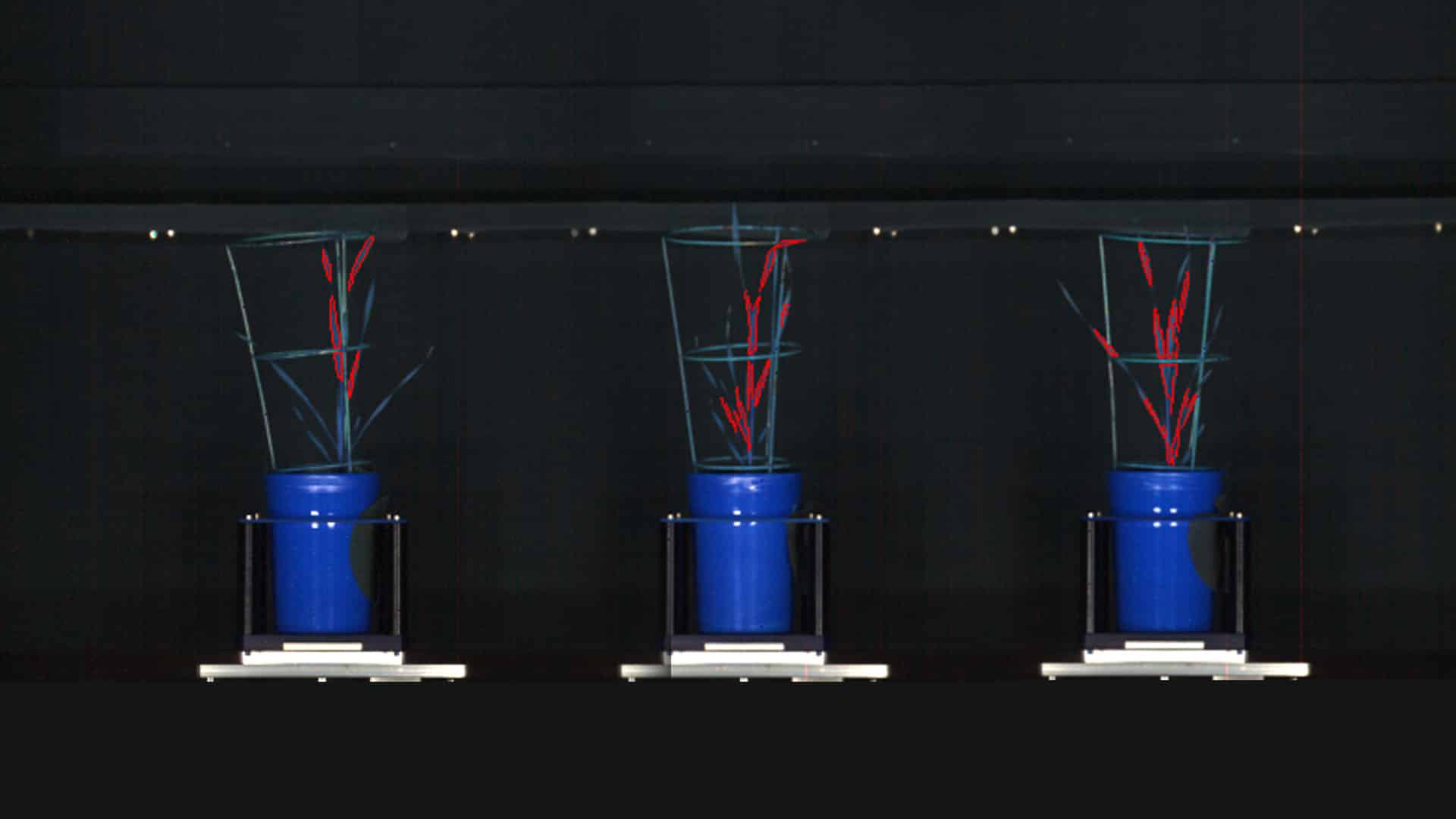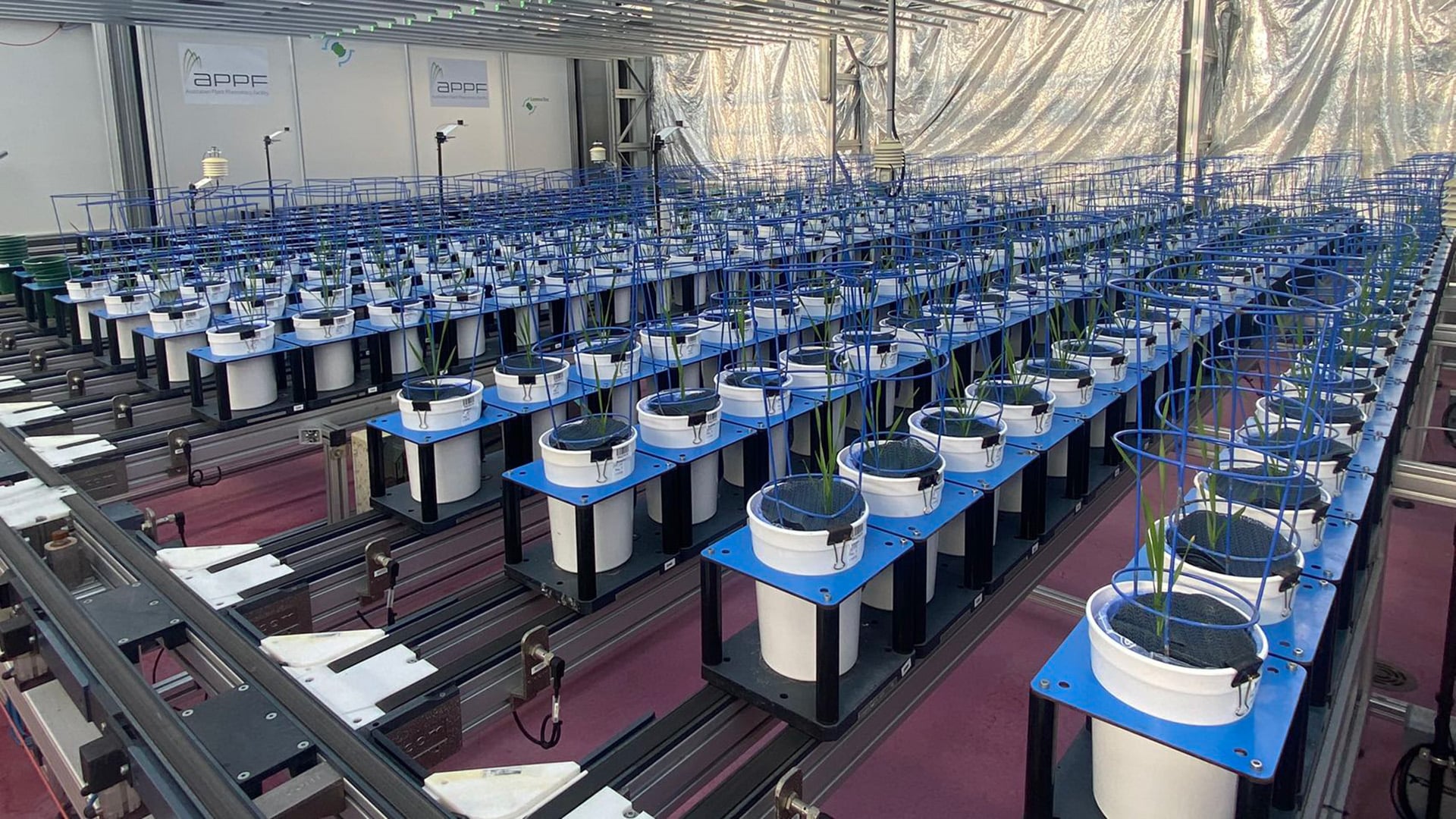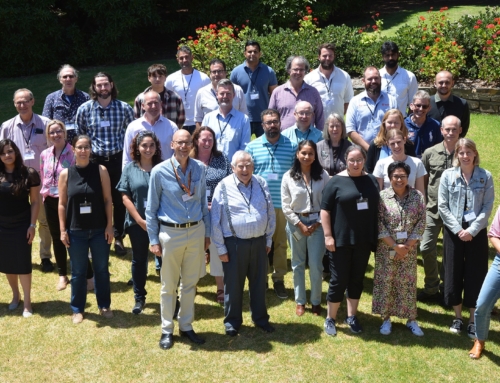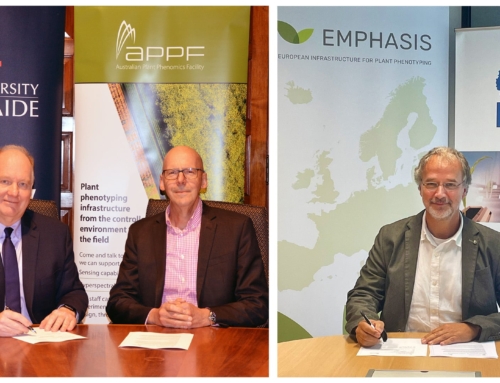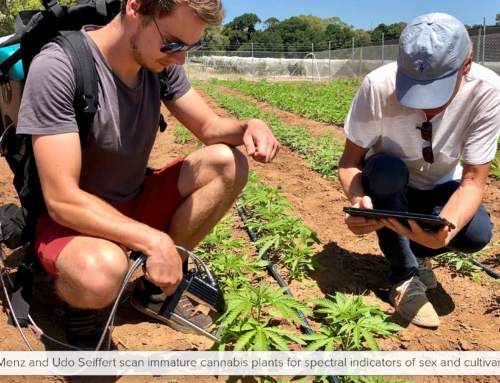Phosphorus, or simply ‘P’, is an essential nutrient for food crops and plays a critical role in photosynthesis, root growth, stem strength, flowering and grain fill.
However, phosphorus content is generally low in Australian soils and must be supplemented with costly fertiliser inputs. Phosphorus is a finite resource and supplies could become increasingly constrained in the future.
Understanding how efficiently crops use P will be critical to maximising productivity, helping farmers keep their inputs to a minimum, and developing more P-efficient crop cultivars in the future.
University of Adelaide PhD candidate Enqi Wu has been researching P-use efficiency in bread wheat – the most widely grown grain crop in Australia.
The Plant Accelerator®, Adelaide node of the Australian Plant Phenomics Facility, has played a key role in Mr Wu’s project by providing controlled environments to grow plants for his research and advanced imaging technology for P-use analysis.
“We have analysed five different bread wheat cultivars, grown with varying levels of available soil P,” he says.
Wheat was grown in both the field and controlled environments, with varying rates of phosphorus fertiliser applied. For the field trials, low-P sites were selected and variable rate application technology was used to set the available soil P. Plant growth at these sites was assessed using drones and satellites for a mix of plot, paddock and district scale imagery.
Growth chambers at The Plant Accelerator® allowed sample plants to be grown under controlled conditions.
“We used pots of carefully screened soil with a known P level,” Mr Wu says.
“The Plant Accelerator growth chambers meant we could grow plants under controlled and consistent photoperiod, temperature, humidity and irrigation conditions, to isolate the influence of the soil P.”
During stem elongation (Zadok Growth Stage 30 – 39), the plant shoots were scanned with red-green-blue and hyperspectral cameras at The Plant Accelerator®. This technology allowed non-destructive analysis of the plants, and the images were assessed for tell-tale markers of P absorption or use.
At the completion of experiments, fresh and dry shoot biomass was measured and P content of the shoots was determined with wet lab analysis.
The wet lab data was used to calibrate the hyperspectral images and leaf scans, to establish prediction models for leaf P content based on hyperspectral data alone.
Mr Wu is hoping this cross section of data points will help indicate phosphorus uptake by the plant, which can be calculated against the P applied to the soil to calculate P-use efficiency.
“Comparing the range of wheat species and soil P availability should give us a robust dataset,” he says.
“Being able to use controlled growth chambers at The Plant Accelerator allows us to eliminate many growth variables from the biomass results and we hope the imaging technology will help identify new ways to easily assess P-use in plants.
“We are currently reviewing the data and look forward to seeing what it reveals.”


